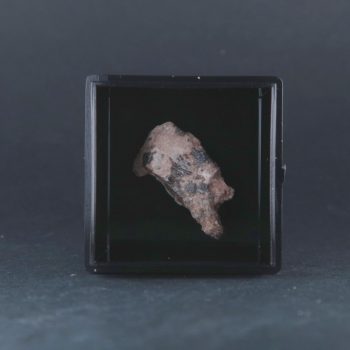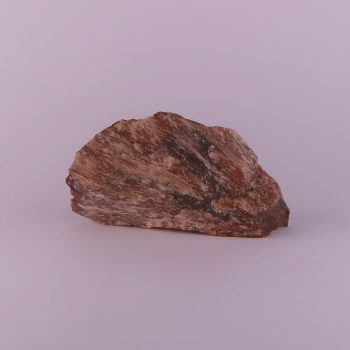Bustamite
An uncommon Manganese mineral with limited commercial uses, it is typically only valued by mineral collectors.
Showing all 2 results
-

Bustamite from Franklin Mine, USA
Price range: £2.00 through £3.00 -

Bustamite from Meldon Quarry, Devon
Price range: £5.00 through £10.00
Information about Bustamite
Bustamite is usually found in pink, reddish-brown, or pale orange hues, often with a vitreous to slightly pearly lustre. It typically forms in massive to granular habits, though well-formed crystals are rare.
When crystalline, it may appear in short prismatic or bladed forms, sometimes intergrown with minerals like rhodonite or tephroite. It’s often translucent to nearly opaque and can display subtle banding or zoning due to compositional variation.
Uses and History
Bustamite has limited commercial use but is occasionally cut as a collector’s gemstone, especially in translucent pink to reddish material. It is more commonly of interest to mineral collectors and researchers due to its association with manganese-rich metamorphic environments.
Bustamites type locality is the famous Franklin Mine, New Jersey, USA. It was named in 1826 for the Mexican mineralogist Miguel Bustamante y Septiem.
Mineralogy
Pale to mid pink, red, brown
Hazards and Warnings
Mineral collectors should wash their hands after handling specimens, to avoid any exposure to potential toxins.
Almost all rocks, minerals (and, frankly, almost all other substances on earth) can produce toxic dust when cutting, which can cause serious respiratory conditions including silicosis.
When cutting or polishing rocks, minerals, shells, etc, all work should be done wet to minimise the dust, and a suitable respirator or extraction system should be used.
Translations
Arabic:
Hindi:
Portuguese:
Bengali:
Indonesian:
Punjabi:
English:
Italian:
Russian:
- Бустамит
French:
Japanese:
Spanish:
- Bustamit
German:
- Bustamit
Korean:
Thai:
Gujurati:
Mandarin Chinese:
- 钙蔷薇辉石
Urdu:
